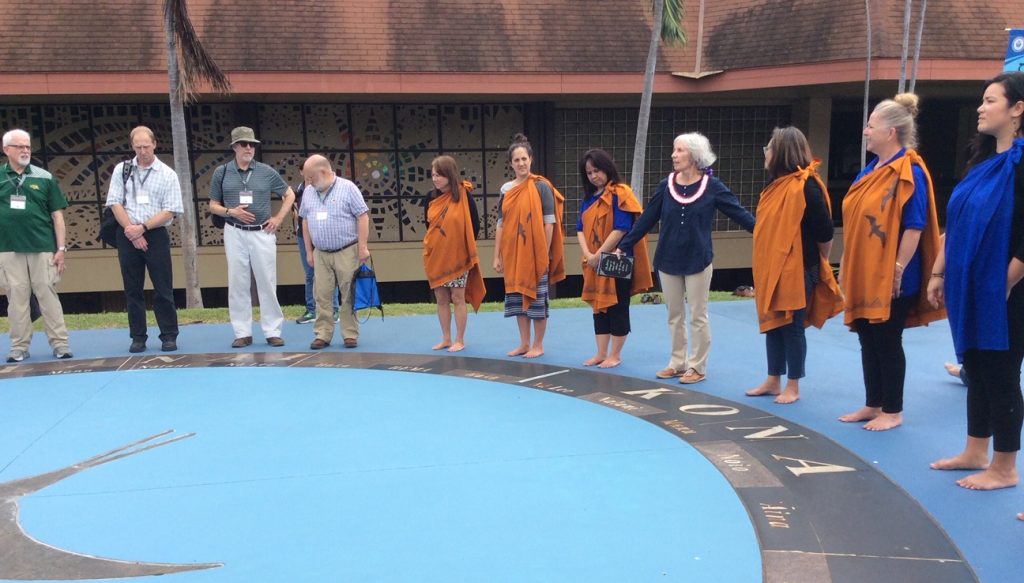On the journey from college to career, Native students need “support, support, support,” argues a new report released by the University of Hawaii.
By Paul Boyer

The nation’s colleges and universities must do more to recruit and support Native students pursuing STEM degrees. Additionally, educators must more aggressively help students make the transition from college to career.
Those are among the findings presented in Native Pathways: Supporting the Journey to STEM Careers for Native Students. Released by the University of Hawaii, the report summarizes outcomes from a 2018 NSF-TCUP Leaders’ Forum hosted by the university’s Office of STEM Education.
The NSF-TCUP Leaders’ Forum is a periodic gathering of project investigators and project directors from tribal colleges and Native-serving universities eligible for funding under the National Science Foundation’s Tribal Colleges and Universities Program. The 2018 gathering was held in Honolulu and at the campus of Kapi’olani Community College.
The report noted that the number of American Indians, Alaska Natives, and Native Hawaiians in higher education has grown significantly in recent decades. However, it also stressed that Native students remain underrepresented in the nation’s colleges and universities, and are also less likely to choose a STEM major.
Focusing on the unique challenges experienced by Native students pursuing STEM degrees, the 16-page document emphasizes the need for what Mary Larson, a faculty member at Salish Kootenai College on the Flathead Reservation of Montana, characterized as “support, support, support.” Specific recommendations identified at the workshop included:
- Providing STEM-focused dual enrollment programs for high school students living on reservations or in Native communities;
- Closely monitoring student engagement during the first weeks of college;
- Providing face-to-face counseling, along with peer tutoring and mentoring.
Native Pathways also argues that educators must do more to help Native students gain skills necessary for success in the workplace. “If you want to work in the STEM industry, you’ve got to start thinking about your career early on,” noted John Rand, director of STEM education at the University of Hawaii. To meet the needs of students, he said, “Our faculty have to think about career paths as much as they think about academic paths.”
To strengthen the path from college to career, Leaders’ Forum speakers and panelists recommended:
- Helping students identify career options early in their education;
- Providing internships and other workplace experiences;
- Integrating research and community development projects into the undergraduate curriculum.
Many of these initiatives are already in place within tribal and Native serving institutions, highlighting the leadership role these colleges and universities are taking. The report argued that educators will need to strengthen and expand existing efforts in order to meet the needs of students and expectations of legislators in this era of growing oversight and accountability.
The full report can be viewed and downloaded here.
